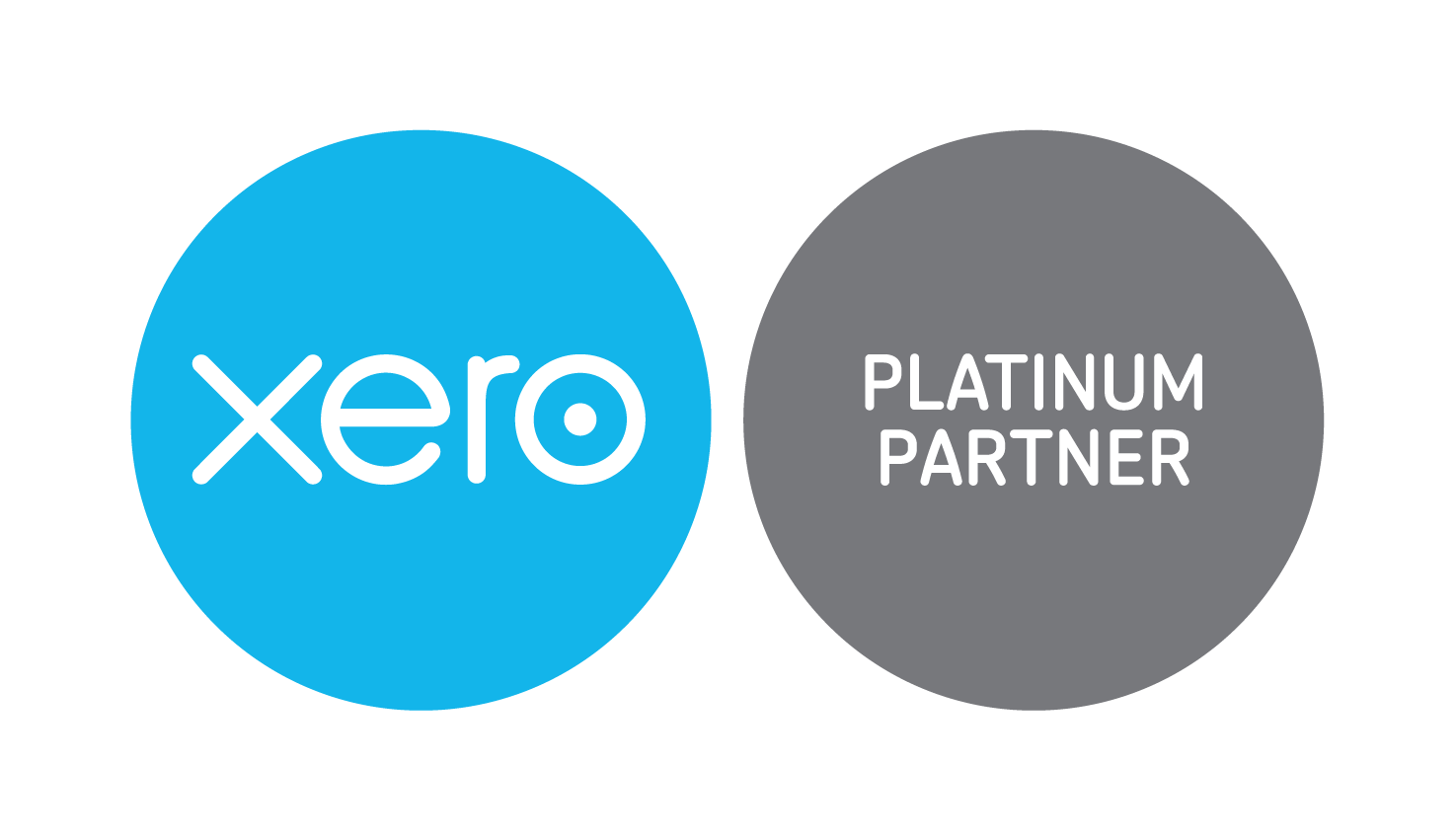
California state income tax brackets and rates 2024
When it comes to paying taxes, California has a system that stands out for its complexity and high rates. Unlike states with no income tax or a flat tax rate, California uses a progressive tax structure. This means that the more you earn, the higher your tax rate will be. If you live in California or earn money in the state, understanding how these tax brackets work is essential for planning your finances.
How Are California Tax Brackets Determined?
California's tax brackets are designed to ensure that people with higher incomes pay a larger percentage of their earnings in taxes. The state uses nine different income tax rates, which are applied based on how much money you make and your filing status. This approach is intended to balance the tax burden across different income levels, with higher earners contributing more to state-funded programs and services.
These taxes are used to support a variety of essential services in California, including education, social services, transportation, public assistance, corrections, and infrastructure. So, when you pay your California state income tax, you're contributing to the state's ability to provide these important resources.
California Income Tax Brackets and Rates
Let's dive into the specific tax brackets and rates for different filing statuses. These rates apply to income earned in 2023 and will be reported on your 2024 tax return.
California Tax Brackets for Single and Married Filing Separately Taxpayers
If you're filing as a single taxpayer or as married/registered domestic partners filing separately, here’s how your income will be taxed:
Taxable Income |
Rate |
|
$0 – $10,412 |
1.00% |
|
$10,412 – $24,684 |
2.00% |
|
$24,684 – $38,959 |
4.00% |
|
$38,959 – $54,081 |
6.00% |
|
$54,081 – $68,350 |
8.00% |
|
$68,350 – $349,137 |
9.30% |
|
$349,137 – $418,961 |
10.30% |
|
$418,961 – $698,271 |
11.30% |
|
$698,271 and over |
12.30% |
This progressive system ensures that your tax rate increases as your income rises, with higher income brackets subject to higher rates.
Read more about how to file yor taxes online
California Tax Brackets for Married Filing Jointly and Qualifying Surviving Spouse/RDP
For those who are married filing jointly, registered domestic partners filing jointly, or qualifying surviving spouses, the tax brackets are as follows:
Taxable Income |
Rate |
|
$0 – $20,824 |
1.00% |
|
$20,824 – $49,368 |
2.00% |
|
$49,368 – $77,918 |
4.00% |
|
$77,918 – $108,162 |
6.00% |
|
$108,162 – $136,700 |
8.00% |
|
$136,700 – $698,274 |
9.30% |
|
$698,274 – $837,922 |
10.30% |
|
$837,922 – $1,396,542 |
11.30% |
|
$1,396,542 and over |
12.30% |
Filing jointly or as a qualifying surviving spouse generally offers broader brackets, which can be beneficial for couples combining their incomes.
California Tax Brackets for Head of Household Filers
For those who qualify as head of household, typically single parents or those supporting dependents, the tax brackets look like this:
Taxable Income |
Rate |
|
$0 – $20,839 |
1.00% |
|
$20,839 – $49,371 |
2.00% |
|
$49,371 – $63,644 |
4.00% |
|
$63,644 – $78,765 |
6.00% |
|
$78,765 – $93,037 |
8.00% |
|
$93,037 – $474,824 |
9.30% |
|
$474,824 – $569,790 |
10.30% |
|
$569,790 – $949,649 |
11.30% |
|
$949,649 and over |
12.30% |
These brackets offer a bit more room at the lower income levels, which can help reduce the tax burden for those supporting a household on a single income.
California State Income Tax Deadline and Extensions
Just like federal taxes, California state income tax returns are due on April 15, 2024. However, if you’ve been impacted by a disaster, like the recent floods in San Diego County, you might be eligible for an automatic disaster relief tax extension. This extension pushes your deadline to June 17, 2024, giving you extra time to file and pay your taxes.
If you’re unable to meet the April 15 deadline, California also provides an automatic six-month extension to file your return. However, any taxes you owe still need to be paid by the original April deadline to avoid penalties and interest.
California's Standard Deduction
The standard deduction is an essential part of your tax return because it reduces the amount of your income that is subject to tax. For 2023, the standard deductions in California are:
-
$5,363 for single filers or married/registered domestic partners filing separately.
-
$10,726 for married/registered domestic partners filing jointly, qualifying surviving spouses, or heads of household.
Choosing the standard deduction simplifies the filing process, especially if your itemized deductions don't exceed these amounts.
Key California State Tax Credits
Tax credits are valuable tools that directly reduce the amount of tax you owe. Unlike deductions, which reduce your taxable income, credits decrease your tax bill on a dollar-for-dollar basis. California offers several state-specific tax credits designed to help reduce the tax burden for a wide range of taxpayers.
California Earned Income Tax Credit (CalEITC)
The California Earned Income Tax Credit (CalEITC) is one of the most significant credits available for low-to-moderate-income earners. Modeled after the federal Earned Income Tax Credit, the CalEITC provides a refundable tax credit to those with earned income and an adjusted gross income (AGI) of up to $30,950 for 2023. The amount of the credit can be as high as $3,529, depending on your income and the number of qualifying children. Even if you owe no taxes, you can still receive the credit as a refund, making it an essential benefit for eligible taxpayers.
California Young Child Tax Credit (YCTC)
For families with young children, the California Young Child Tax Credit (YCTC) offers additional relief. If you qualify for the CalEITC and have at least one child under the age of 6 by the end of the tax year, you may be eligible for this refundable credit. The maximum credit amount for 2023 is $1,117, and it begins to phase out for those with earned income above $25,775. This credit is designed to provide extra financial support to families with young children, helping to offset the costs associated with raising a child.
California Child and Dependent Care Tax Credit
The Child and Dependent Care Tax Credit is available to taxpayers who incur expenses for the care of a child, spouse, or other dependent while they work or look for work. This credit is nonrefundable, meaning it can reduce your tax liability to zero, but it will not result in a refund if the credit exceeds your tax bill. The credit amount is based on a percentage of your qualifying care expenses, and it can provide significant tax relief for working parents or those caring for dependents.
California Adoption Cost Tax Credit
Adopting a child can be a rewarding but costly process. To help alleviate some of these expenses, California offers an adoption cost tax credit that covers up to 50% of qualifying adoption-related expenses, with a maximum credit of $2,500 per child per year. This credit can be claimed in the year the adoption is finalized, and any unused credit can be carried forward to future years. Covered expenses typically include adoption fees, court costs, attorney fees, and travel expenses related to the adoption.
California Nonrefundable Renters Tax Credit
California’s Nonrefundable Renters Tax Credit provides a modest benefit to renters who meet certain income thresholds. For the 2023 tax year, single filers or married individuals filing separately with an income of $50,746 or less may qualify for a $60 credit. Heads of household, married couples filing jointly, or qualifying widows or widowers with incomes of $101,492 or less may be eligible for a $120 credit. While the credit is nonrefundable, meaning it can only reduce your tax liability to zero, it still offers some relief to renters in a state where housing costs can be extraordinarily high.
California State Income Tax Deadlines and Extensions
The deadline for filing your California state income tax return is generally the same as the federal tax deadline, which for the 2023 tax year is April 15, 2024. However, if April 15 falls on a weekend or holiday, the deadline is typically extended to the next business day. If you cannot file your return by this date, California grants an automatic six-month extension, moving your filing deadline to October 15, 2024. It’s important to note that while the extension allows more time to file your return, any taxes owed are still due by April 15. Failing to pay by this date could result in penalties and interest on the unpaid amount.
For those affected by natural disasters, California sometimes offers special extensions. For example, residents and businesses in San Diego County who were impacted by flooding were granted an automatic disaster relief extension until June 17, 2024, to file and pay their taxes. Always check with the California Franchise Tax Board (FTB) for the latest information on extensions and disaster relief provisions.
Tracking Your California State Tax Refund
After filing your California state income tax return, you may be eager to receive your refund. Fortunately, the California Franchise Tax Board provides a convenient online tool that allows you to track the status of your refund. To use the tracker, you’ll need to enter your Social Security number, ZIP code, the exact refund amount you’re expecting, and your mailing address.
The FTB generally issues refunds within three weeks for electronically filed returns and within three months for paper returns. However, if your return is selected for additional accuracy checks, processing times may be longer. Tracking your refund online is a simple way to stay informed about when you can expect to receive your money.
California Sales Tax
In addition to income tax, California also has a state sales tax, which is set at 7.25%. However, many cities and counties in California add their own local taxes, which can increase the total sales tax to as much as 10.75% in some areas. It’s important to note that you won’t report sales tax on your individual state income tax return, but it’s something to keep in mind when budgeting your expenses throughout the year.
Conclusion
Understanding California’s state income tax is crucial whether you're a longtime resident or new to the state. The progressive tax structure, varied brackets, and additional considerations like standard deductions and sales tax all play a role in how much you'll owe. By staying informed about these details, you can better manage your finances and avoid any surprises come tax season. And if you’re ever unsure, consulting with a tax professional can provide you with personalized advice tailored to your specific situation.
Follow SKFinancial on Facebook / Twitter / Linkedin / Youtube for updates.












